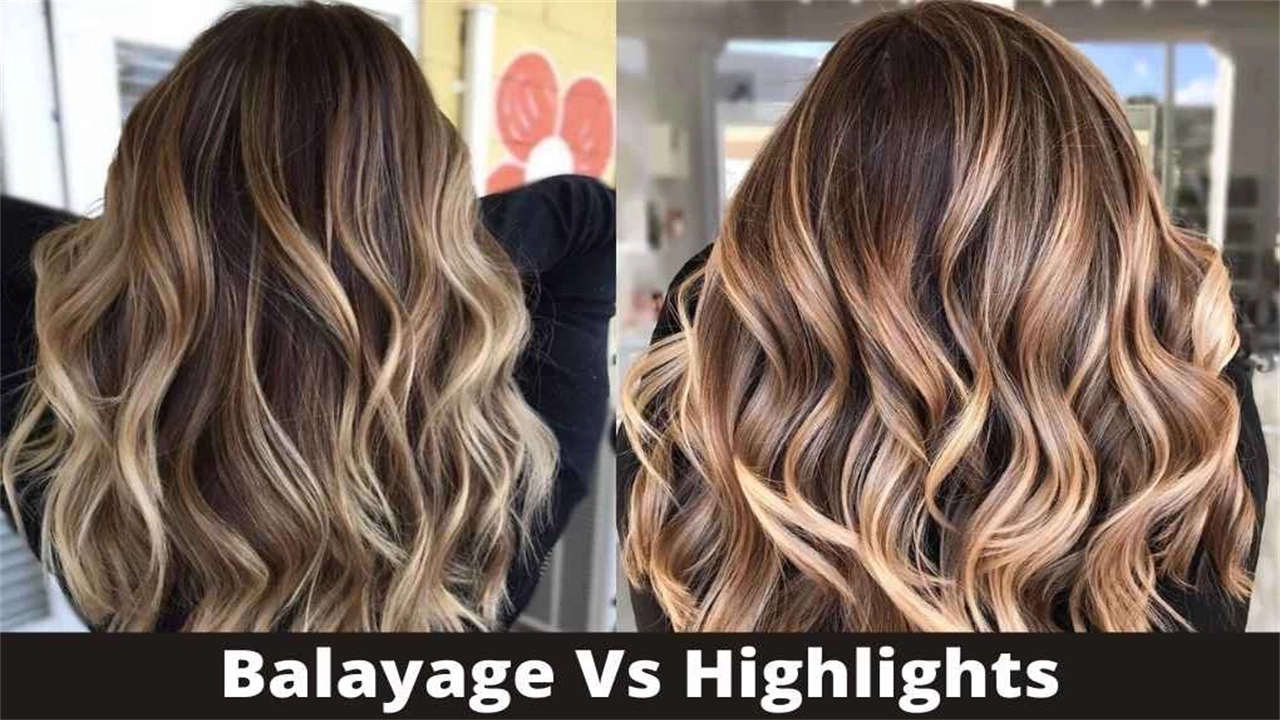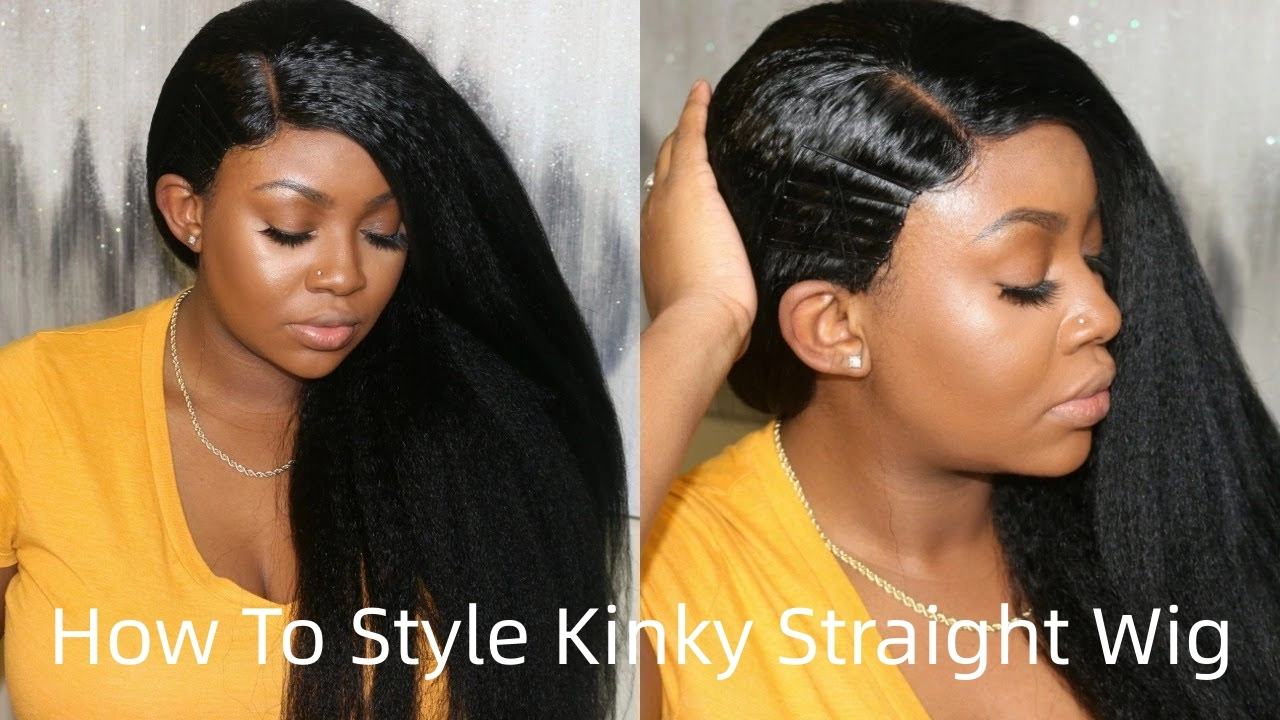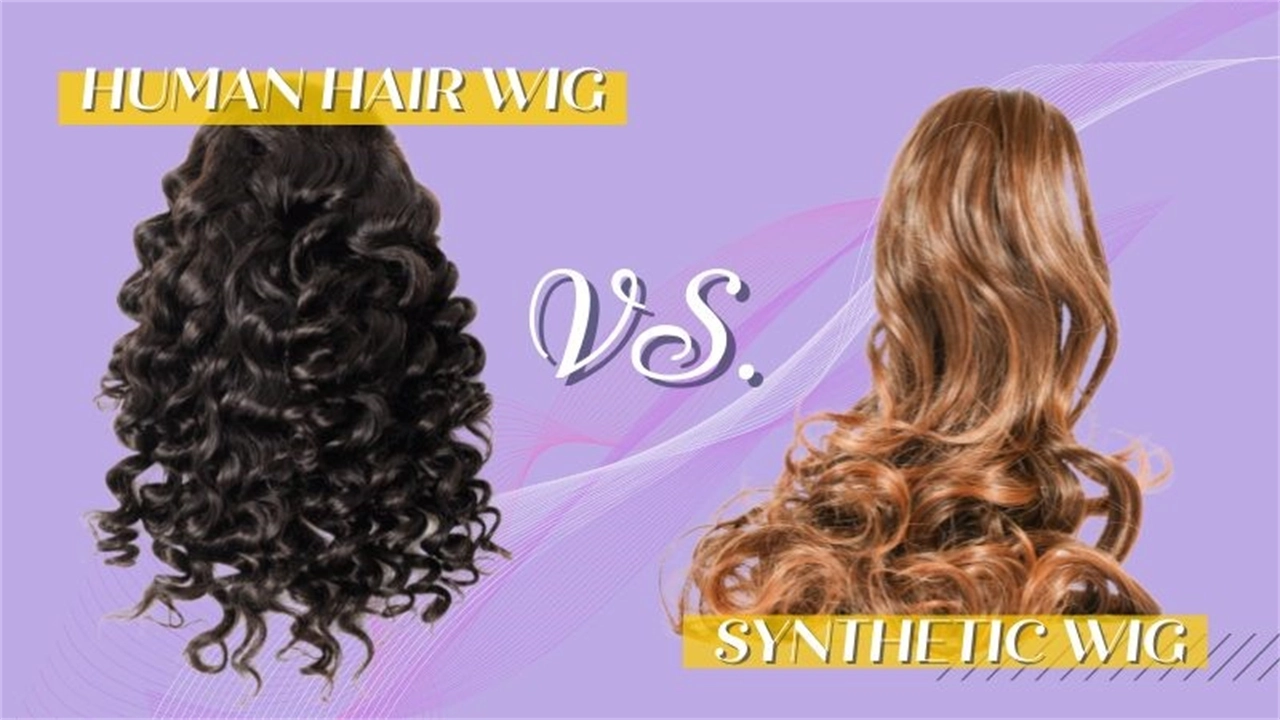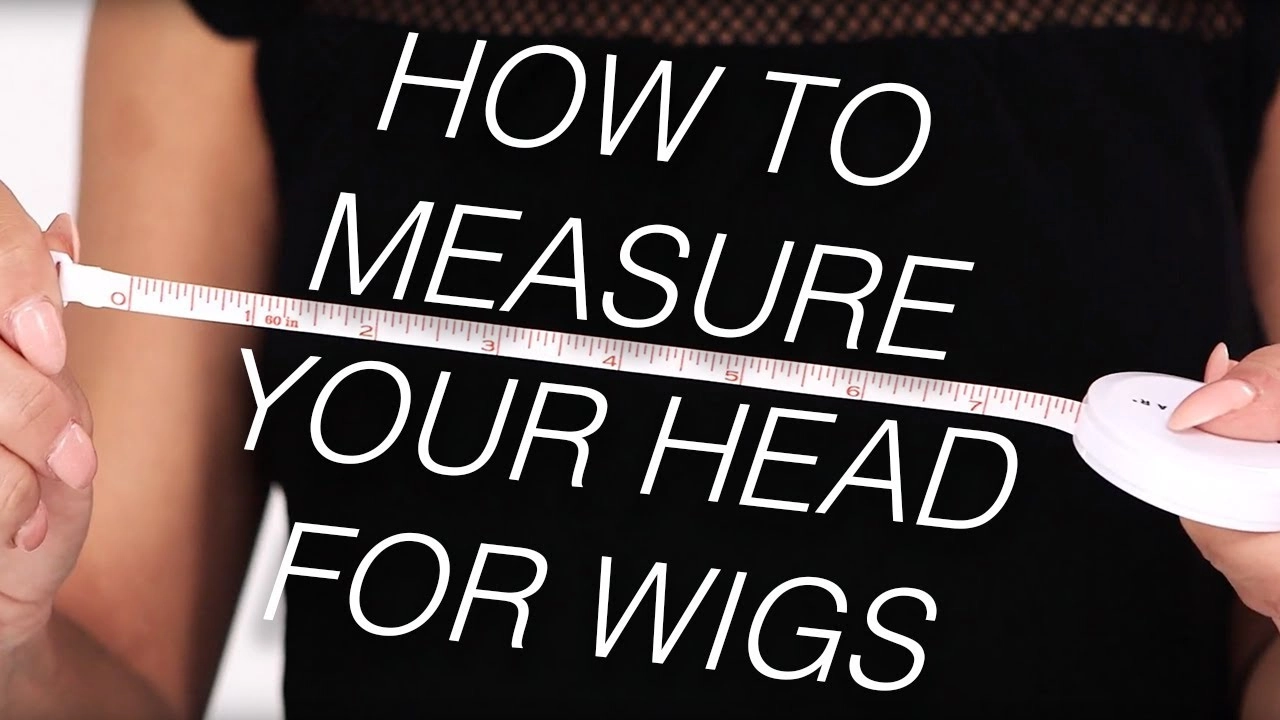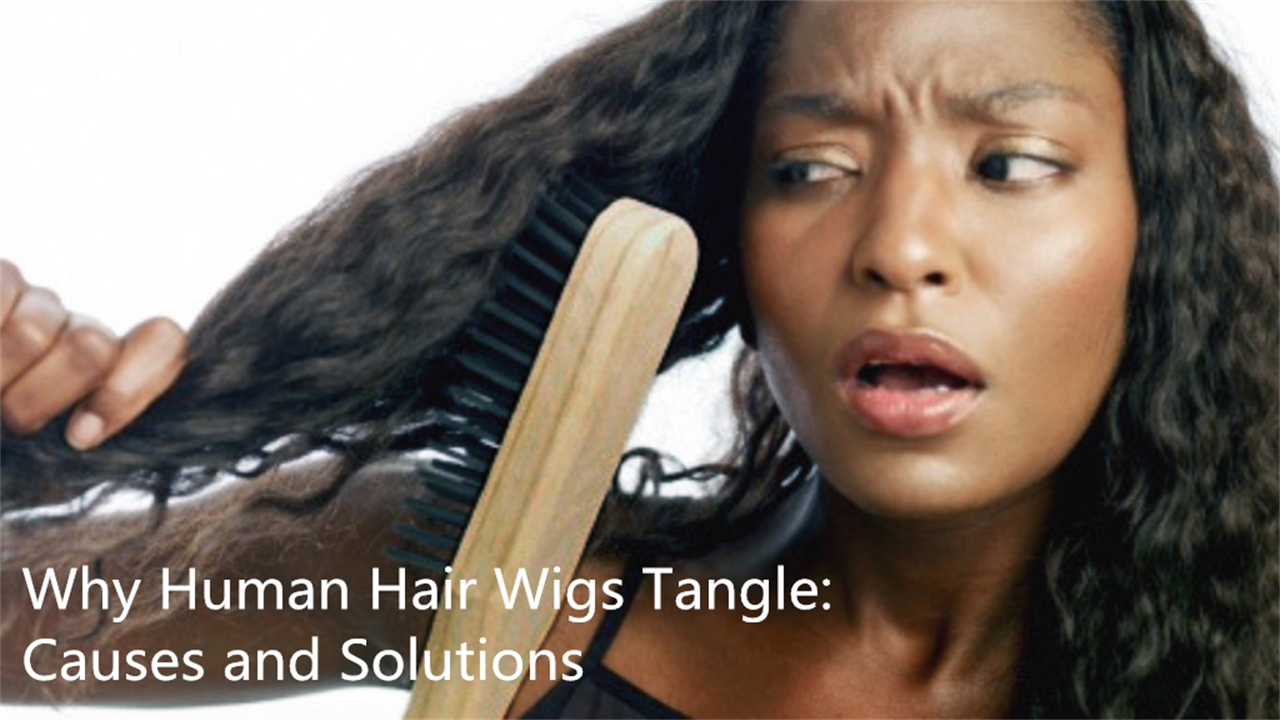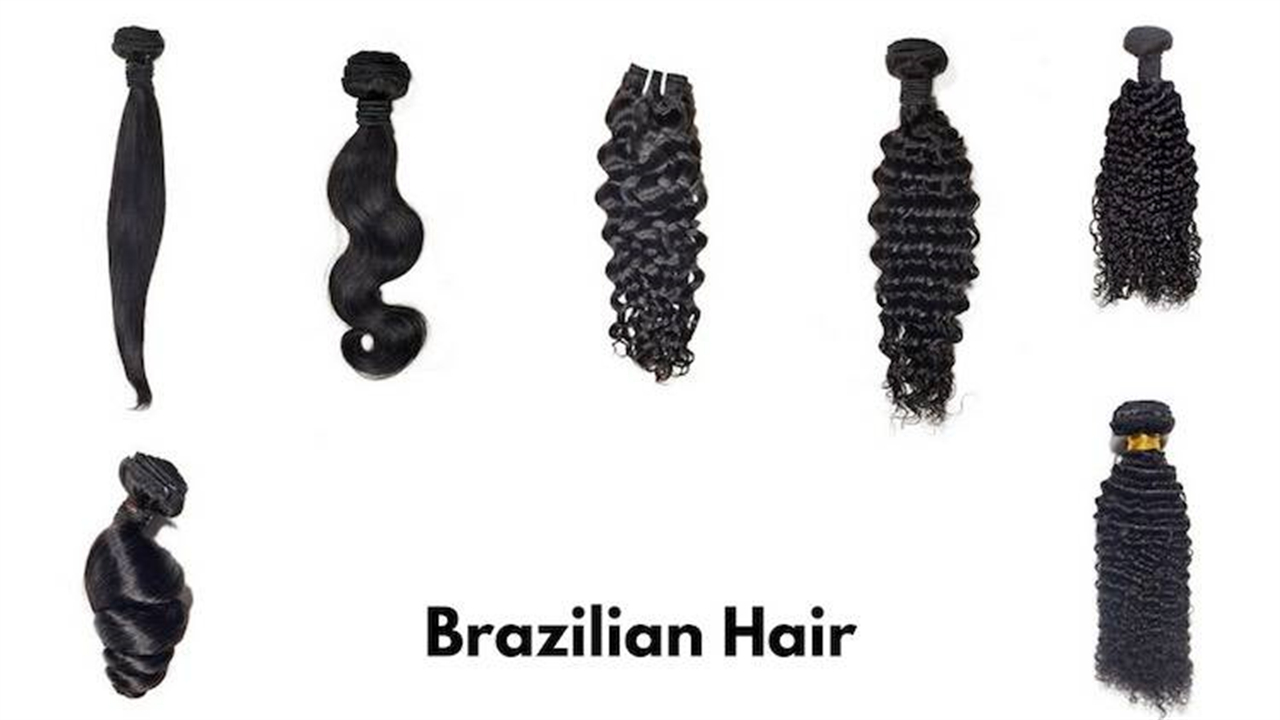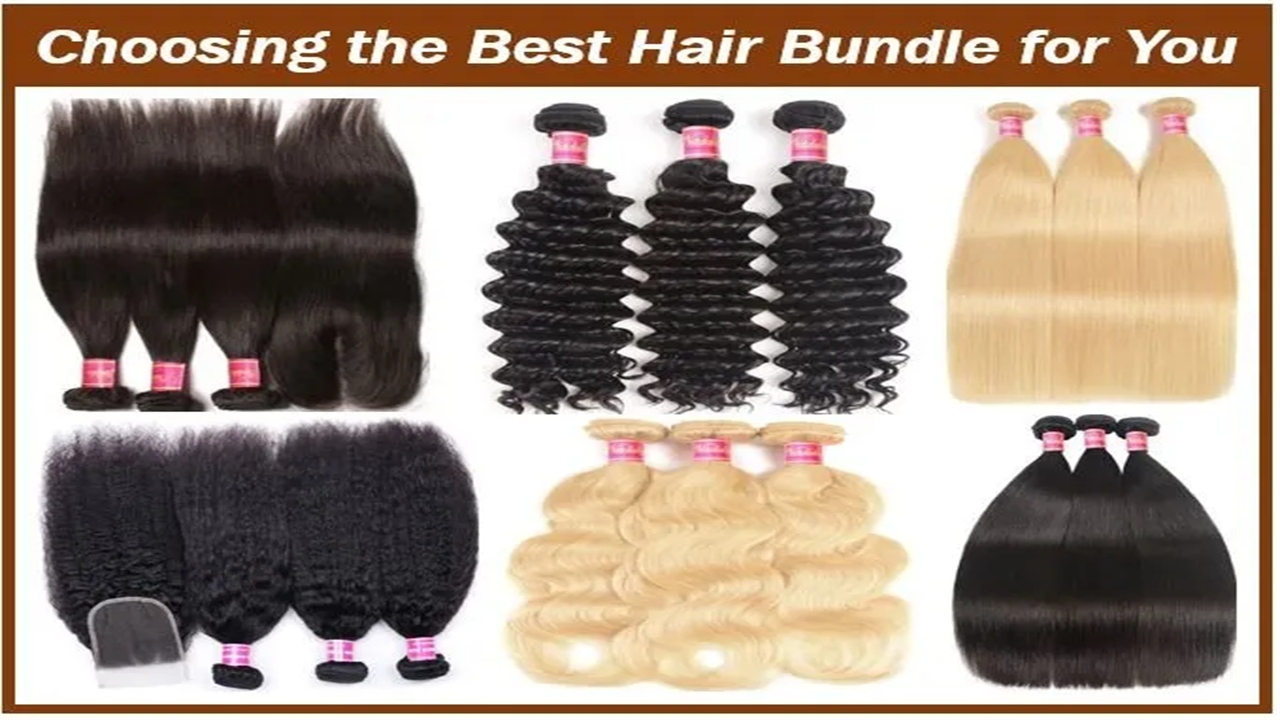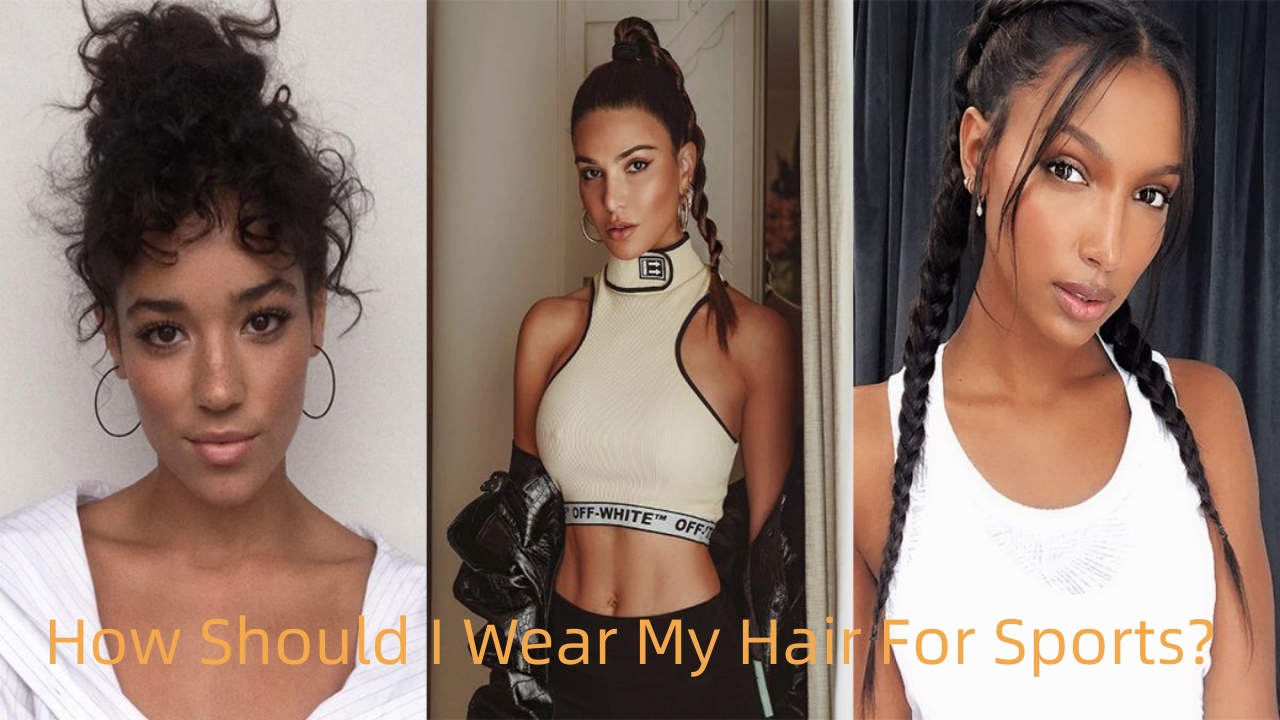Balayage VS Highlights: What’s the difference?
Balayage vs. highlights. There are subtle differences between these two hairdressing effects, and it all depends on the technique. If you've never heard of balayage, fear not. We'll delve into the differences between balayage and highlights so you can decide which color technique you want to try to get the look you crave.
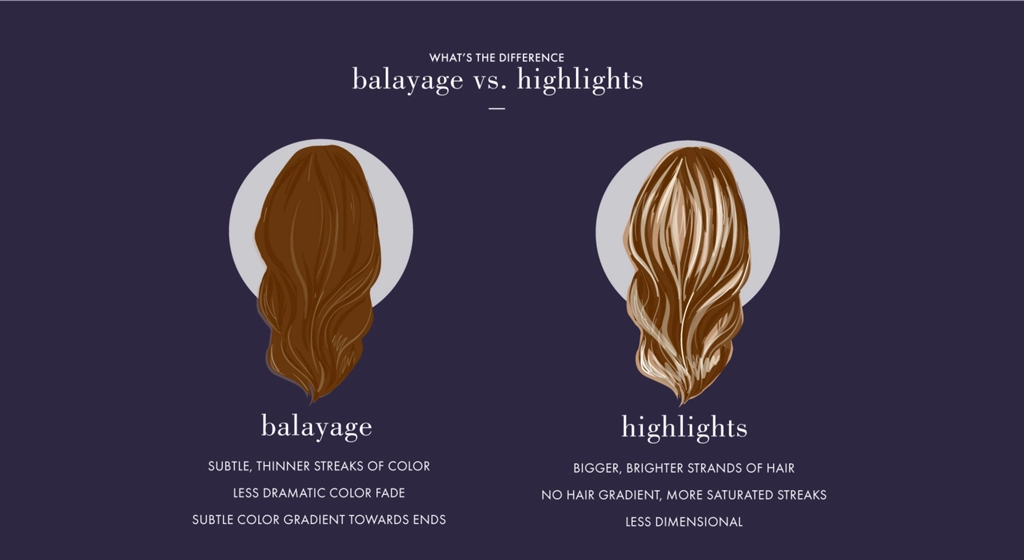
What is Balayage?
You may have seen the word "balayage" over and over again on the Internet over the past few months, but what does it mean? Balayage describes a hair coloring technique that requires a colorist to use a sweeping motion when applying color to a client's hair! When translated from French, the word balayage literally means "to sweep away." balayage technology has been around since the early 1970s, but didn't make its way to the American hair industry until the 1990s.
In this hair coloring technique, highlights are hand-painted or "swept" over the surface of random sections of hair. A dye or brightener is usually applied to it, starting at the center axis and becoming thicker as it moves down to the end of the hair. Because the color sweeps to the surface of the hair, the effect is a natural sun-kissed glow, not strictly patterned like normal highlights.
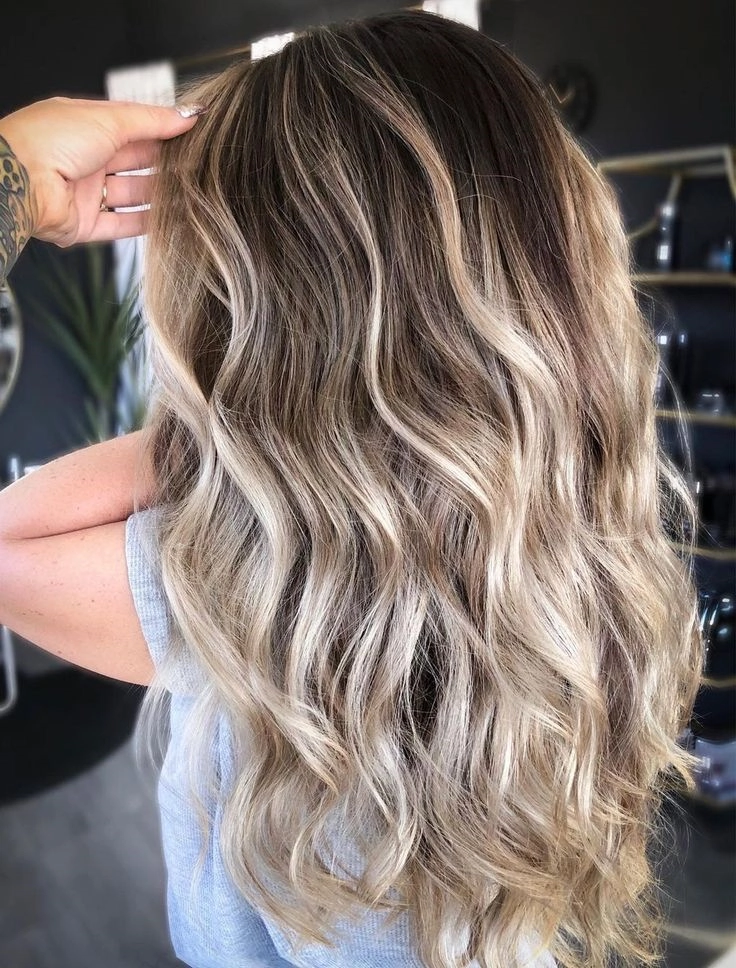
Contrary to common misconceptions, balayage itself is not an appearance. This is a technique where the process of adding highlights is done without traditional highlights. It is often compared to the natural effect of gradient style.
Balayage highlights are usually only a few shades lighter than your base color, giving your hair natural depth and 3D. It blends seamlessly with your natural colors, making balayage easy to maintain with the right products and techniques.
What are highlights?
Highlights are widely regarded as a great way to give your hair three-dimensional and movement! If you're like me and your hair is naturally a solid color, then highlights are a great way to shake things up. If you're a natural blonde and need to make some changes in your life, you can get what's called lowlights! Lowlights are exactly what they sound like; They are the same process as highlighting, but you use a darker color instead of bleach. Low light is a great way to slowly transition into darker hair or bring a little change at a time.
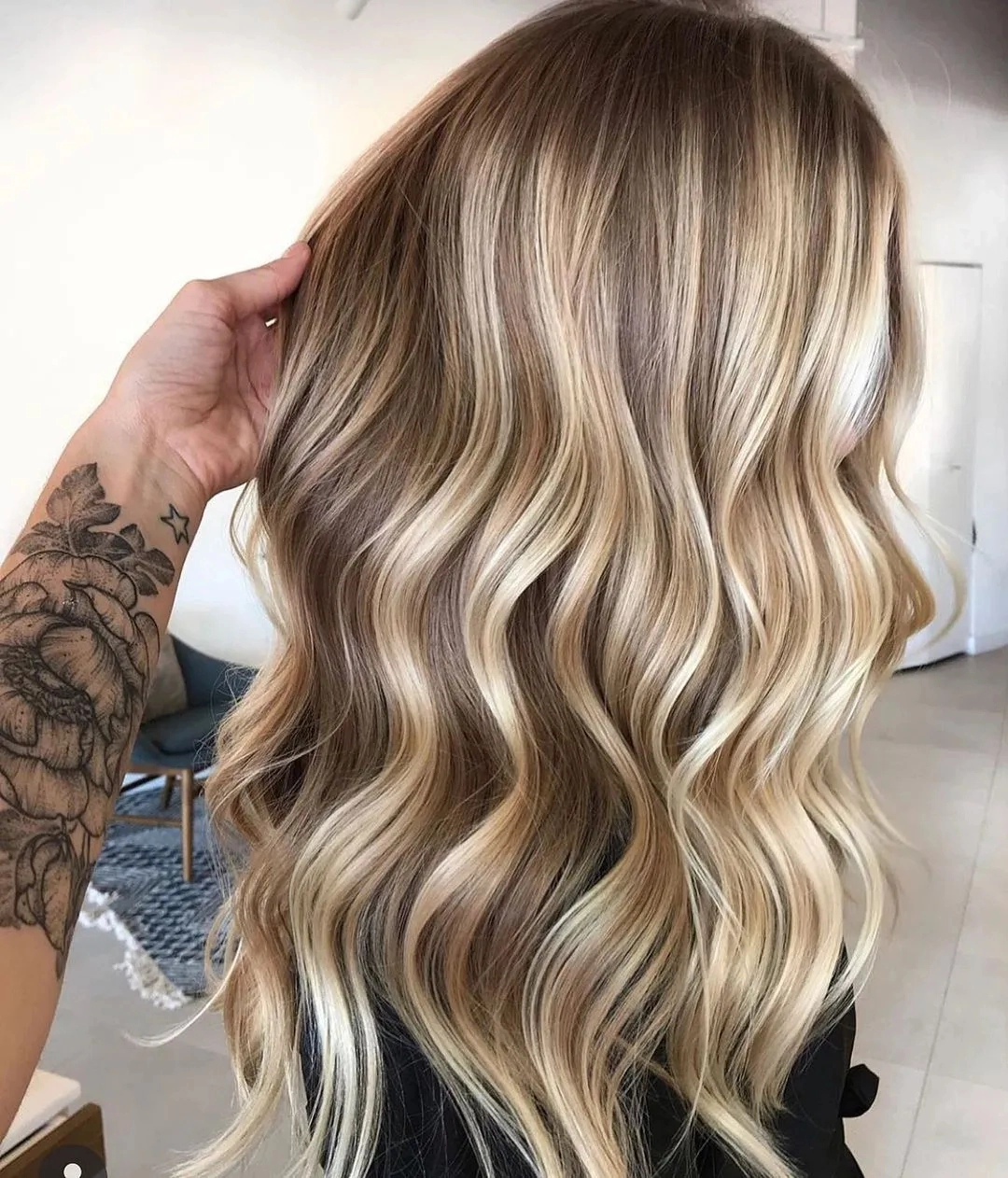
Traditional highlights: This process is the more traditional way to lighten and add depth to your style. Use aluminum foil to create highlights that help saturate precise strands from root to tip for an even stronger brightening effect. In this technique, strands of hair can be precisely cut by braiding bobby pins into small sections and wrapping the separated strands in aluminum foil.
The effect? Highlights provides a more striking contrast with the undertone that defines the face and adds a beautiful dimension to the mane. Highlights follow a more structured pattern and require more frequent retouching to combat the obvious root-growing appearance.
What's the difference?
When it comes to balayage vs. highlights, it really comes down to what look you want. Balayage creates a natural, sun-lit dimension that fills your mane with that "I just got back from the beach" feeling that makes girls everywhere swoon. If you want a more structured tone, it's best to go the traditional foil highlight route. However, both options will help you add a beautiful dimension to your hair. This chart helps you break down the differences between balayage and highlights so that you can choose the best hair for you.

